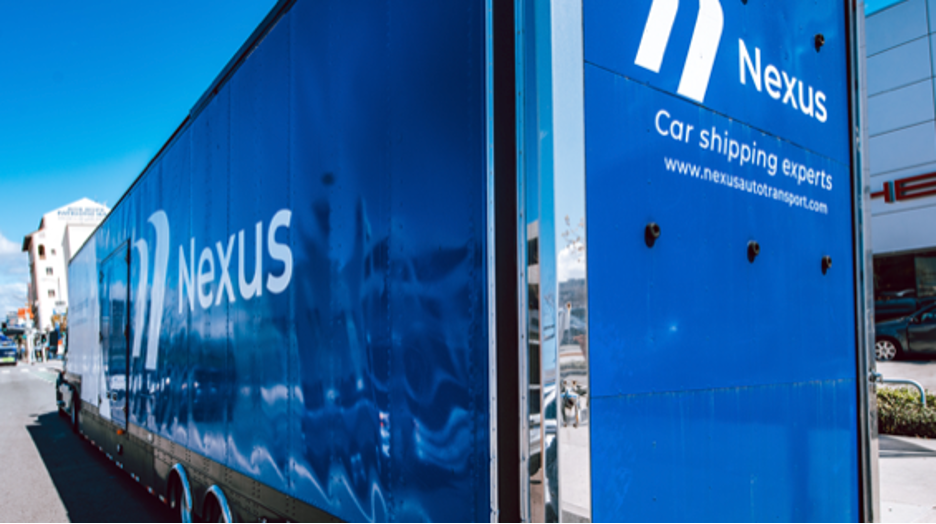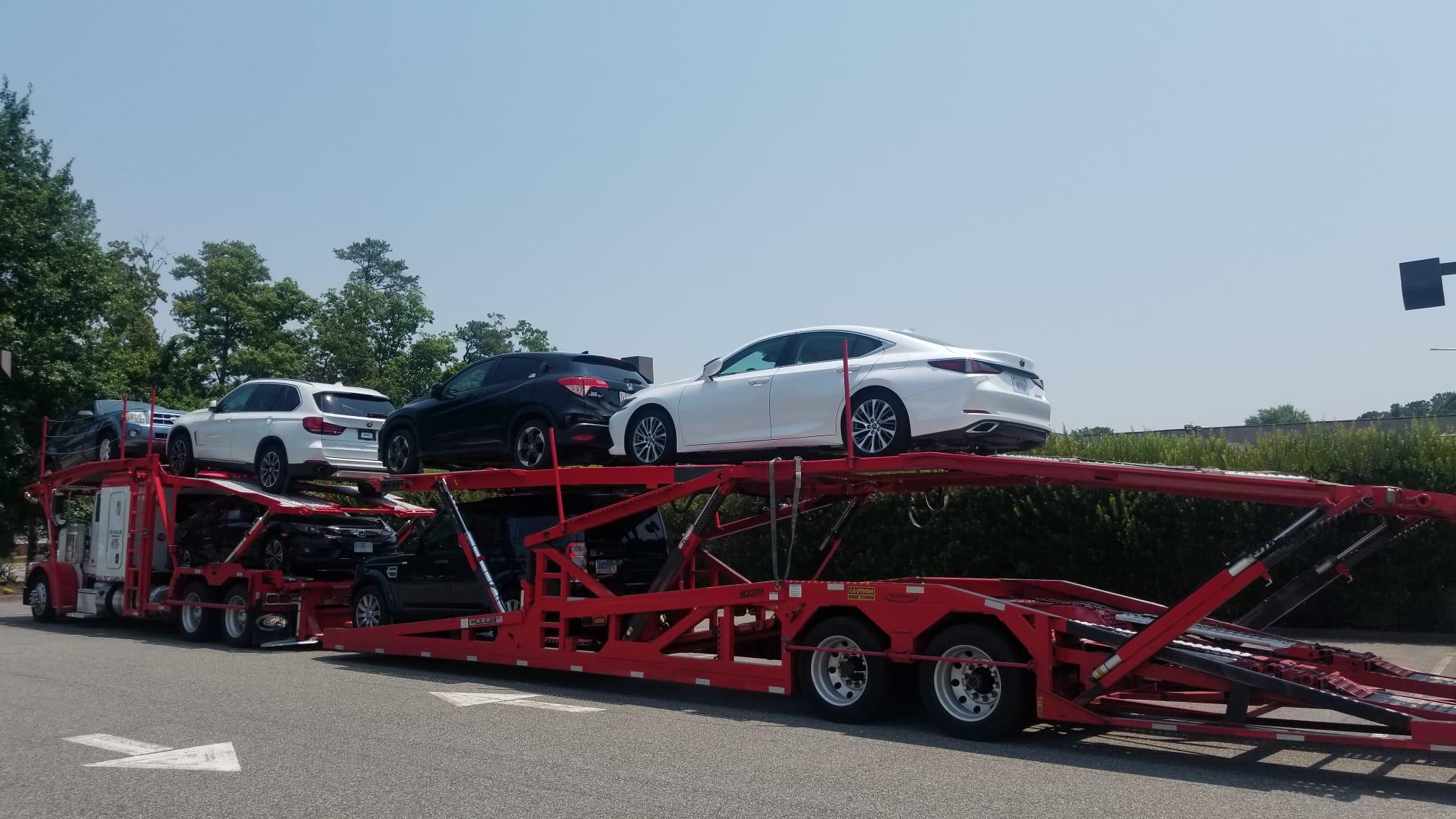The holiday season is one of the busiest travel periods of the year. Families travel across the country, snowbirds migrate to warmer states, and students head home for winter break. But with snowstorms, icy highways, and unpredictable December weather, driving long distances isn’t always safe, or practical. That’s why many people choose car shipping during the holidays.
Shipping your vehicle ensures it arrives safely at your destination without the fatigue and danger of a winter road trip. However, the holiday season brings specific challenges, including peak demand, fewer carriers, and potential weather disruptions. This comprehensive guide covers everything you need to know to ship your car smoothly and efficiently during December travel.
Why Ship Your Car During the Holidays?
1. Avoid Dangerous Winter Roads
December weather brings snowstorms, icy highways, and reduced visibility in many parts of the country, making long-distance driving extremely risky. These conditions can lead to roadside emergencies, delays, or even accidents. Shipping your vehicle allows you to avoid hazardous winter travel while ensuring your car arrives safely.
2. Save Time During a Busy Season
The holiday season is filled with family commitments, events, and tight schedules, leaving little time for multi-day road trips. Shipping your car lets you fly instead of driving for hours or days. This not only saves time but also ensures you reach your destination refreshed and stress-free.
3. Ideal for Snowbirds
Thousands of retirees relocate to warmer states like Florida, Arizona, and Texas during the winter months. Instead of enduring long drives through harsh weather, many rely on auto transport services to move their vehicles safely. This allows snowbirds to enjoy comfortable winter travel without the risks of seasonal driving.
4. College Students Traveling Home
Students often live hundreds or thousands of miles away from home. Driving long distances during winter break can be unsafe and tiring. Shipping their vehicle home provides a safer, more convenient option and allows families to coordinate holiday plans without worry.
5. Holiday Relocations
Many families and professionals relocate during the end-of-year period due to job changes, military assignments, or personal moves. Shipping your vehicle during these transitions simplifies logistics and helps avoid the stress of driving across multiple states during harsh winter conditions.
Holiday Car Shipping Challenges to Expect
Shipping a car during December can be more complicated than in other months. Here’s what to prepare for:
1. High Seasonal Demand
The holiday season brings a surge in shipping requests from snowbirds, college students, families relocating, and buyers transporting newly purchased vehicles. With so many people booking transport at once, carrier availability becomes limited. Booking early helps ensure you secure a spot before routes fill up.
2. Weather Delays Are Common
Winter storms can cause road closures, slow traffic, or require detours, all of which impact delivery times. Snow, ice, and reduced visibility may force drivers to pause or modify their schedules. Keeping your travel timeline flexible is essential during this season.
3. Higher Costs
Demand increases and winter driving conditions often result in higher pricing. The car shipping cost in December typically rises 10–25% above non-holiday rates due to carrier shortages and seasonal challenges. Booking in advance is the best way to secure better pricing.
4. Limited Carrier Schedules
Drivers take holiday breaks, reducing the number of active transport trucks on the road. This can lead to wider pickup windows and fewer immediate options. Planning early and maintaining communication with your carrier helps avoid unexpected timing issues.
How Much Does Holiday Car Shipping Cost?
Holiday pricing depends on several factors:
Distance and route
Vehicle size and type
Time of year
Open vs. enclosed carrier
Weather and road conditions
Fuel prices
Average December Prices:
Short distance (0–500 miles): $500–$800
Medium (500–1,000 miles): $800–$1,200
Long distance (1,000+ miles): $1,100–$1,800
Enclosed transport: 40–60% more
To lock in the best rate before demand spikes, request your car shipping quote early.
Open vs. Enclosed Car Transport for Holiday Shipping
Choosing the right type of carrier is crucial, especially in winter.
Open Auto Transport
Open carriers are the most common and affordable method for shipping vehicles. They transport multiple cars on open-air trailers, making them easier to book and faster to schedule. However, your vehicle is exposed to snow, salt, and winter weather, which may not be ideal for high-value cars.
Enclosed Auto Transport
Enclosed carriers provide full protection from winter elements by transporting your vehicle inside a covered trailer. This option is perfect for luxury, classic, antique, or newly purchased vehicles. Because enclosed carriers have limited space and high demand in winter, early booking is essential.
How Early Should You Book?
December is a high-demand month, so booking early is key.
Best Booking Timeline
Securing your transport 2–4 weeks in advance gives you the best chance of finding an available carrier at a reasonable rate. For enclosed transport, aim for 4–5 weeks ahead of time. Peak holiday weeks often fill quickly, so scheduling early prevents last-minute stress.
Earlier Bookings Mean Better Results
Booking ahead improves your chances of getting your preferred pickup window, reduces your cost, and gives carriers time to plan around winter weather. Early planning ensures a smoother experience with fewer unexpected delays.
Holiday Car Shipping Timeframes
Transport time is slightly longer in December due to weather and traffic.
Typical Delivery Times:
0–500 miles: 1–3 days
500–1,000 miles: 3–6 days
1,000–2,000 miles: 5–9 days
Cross-country: 7–12 days or more
Cross Country Car Shipping
Long-distance transport is more vulnerable to winter storms and traffic congestion across multiple regions. Drivers must navigate varying conditions, which may prolong transit times. Building a buffer into your schedule helps avoid any holiday travel disruptions.
How to Prepare Your Vehicle for Holiday Shipping
Preparing your car correctly helps ensure smooth pickup and delivery.
1. Wash the Vehicle
A clean vehicle allows you and the carrier to identify any pre-existing damage during inspection. Dirt, snow, or grime can hide scratches or dents, so cleaning your car beforehand improves documentation accuracy.
2. Check All Fluids
Winter temperatures affect fluid performance and can create mechanical issues. Ensuring your antifreeze, oil, and windshield washer fluids are topped off helps maintain vehicle health during loading and unloading.
3. Inspect Tires and Battery
Cold weather lowers tire pressure and weakens batteries. Verifying these components before transport ensures your car can be moved safely at pickup and delivery locations.
4. Leave Only 1/4 Tank of Fuel
A quarter tank is ideal for loading and unloading while minimizing weight for transport. Excess fuel increases safety risks and transport costs.
5. Remove All Personal Items
Carriers do not transport personal items due to weight limits and insurance restrictions. Clearing your car prevents delays and protects your belongings from damage or loss.
6. Disable Alarms & Toll Tags
Active alarms can disrupt the carrier, and toll tags may charge you during transport. Disabling these devices ensures a smoother shipping process.
7. Document Your Vehicle’s Condition
Taking photos of your car before shipping provides clear documentation for your records. This helps with inspection upon delivery and protects you in case any issues arise.
Holiday Pickup & Delivery Tips
1. Be Flexible
Weather delays, traffic spikes, and holiday closures can impact carrier schedules. Remaining flexible with your pickup and delivery windows helps ensure a smoother overall transport experience.
2. Choose Door-to-Door Delivery
Door-to-door service is especially convenient in winter, when local roads may be icy or dangerous. Your carrier will meet you at a safe nearby spot if direct access is limited.
3. Maintain Open Communication
Staying in touch with your driver or dispatcher ensures you receive updates on weather conditions, route adjustments, or schedule changes. Good communication helps avoid last-minute surprises.
4. Inspect Your Vehicle on Delivery
When your vehicle arrives, inspect it thoroughly and compare it to your pre-shipping photos. Note any concerns on the Bill of Lading before signing to ensure proper documentation.
Shipping a Car During Holiday Moves or Out-of-State Travel
If you’re shipping a car to another state for the holidays, whether relocating or visiting family, planning early is essential. Routes through snowy regions may take longer, and carriers often have fully booked schedules in December. Coordinating your travel plans with your vehicle’s transport ensures everything aligns smoothly.
Holiday Car Shipping Safety Tips
✔ Use a trusted and experienced Auto Transport Company
✔ Book early to avoid holiday surcharges
✔ Choose enclosed transport for high-value vehicles
✔ Be flexible with pickup windows
✔ Avoid shipping during peak holiday week if possible
FAQs: Holiday Car Shipping
1. Is December a good month to ship a car?
Yes, but demand is high and weather can cause delays, so planning ahead is essential.
2. Why is holiday car shipping more expensive?
Carrier availability drops while customer demand rises, increasing prices.
3. How far in advance should I schedule shipping?
Ideally 2–4 weeks before your preferred date.
4. Should I choose open or enclosed transport?
Use open transport for standard vehicles, and enclosed transport for luxury and classic cars.
5. Will snow or ice delay my shipment?
It can, winter storms are a major cause of December transport delays.
6. Can I track my vehicle during transport?
Most companies provide GPS updates or allow direct communication with your driver.
7. Can I ship my car home from college?
Yes, many students ship vehicles for the holidays instead of driving long distances.
8. Can personal belongings stay in the car?
Most carriers don’t allow it due to weight and insurance restrictions.
9. What documents do I need?
Typically: photo ID, registration, and insurance (carrier provides additional transport coverage).
10. What should I do after delivery?
Inspect your vehicle, compare it to your pre-shipping photos, and note any issues before signing the Bill of Lading.
Final Thoughts
Holiday car shipping is a safe, efficient, and stress-free way to ensure your vehicle gets to your destination without the risks of winter driving. Whether you’re traveling, relocating, or heading south for the winter, planning early and preparing your car properly makes all the difference.
Book in advance, stay flexible with timing, and choose a reliable transport company. With the right preparation, your holiday season becomes smoother, leaving more time to enjoy friends, family, and festive celebrations.



